Skipper and I have been pushed around by boat trailers since we were kids, and between the two of us we have been taking road trips with boats for over a century. Gearing up for this year’s boating, we got together with our friend Eddie, a professional trailer builder, to compare notes on best boat-trailering practices.The item at the top of our list is keeping the boat light. While a boat for cruising can carry a lot of gear when it’s in the water, it should not be loaded down with excessive weight while on a trailer. Eddie has seen bent axles as a result of overloaded boats, and Skipper and I, with plenty of experience repairing damaged boats, know that lightly built hulls don’t tolerate the extra load. And, for the sake of the trailer, the combined weight of the boat, the gear it has aboard, and the trailer itself should not exceed the trailer’s total capacity, which is noted on the manufacturer’s tag. We load as much of our cruising gear as possible—especially the heaviest things like fresh water, anchors, and trolling-motor batteries—in the tow vehicle. Shifting the weight will ease the stress on the trailer, improve its performance on the road, and keep the boat and its gear from getting damaged. Trailers for small boats may have springs but not shock absorbers, so the boat and the gear will get a much bouncier ride than you do in the towing vehicle. The impact of the boat on the bunks or rollers and of the gear against the boat can cause damage. Moving gear out of the boat and into the towing vehicle makes trailering safer. Along with the cruising gear we carry in the car is a set of tools for any roadside fixes the trailer might need.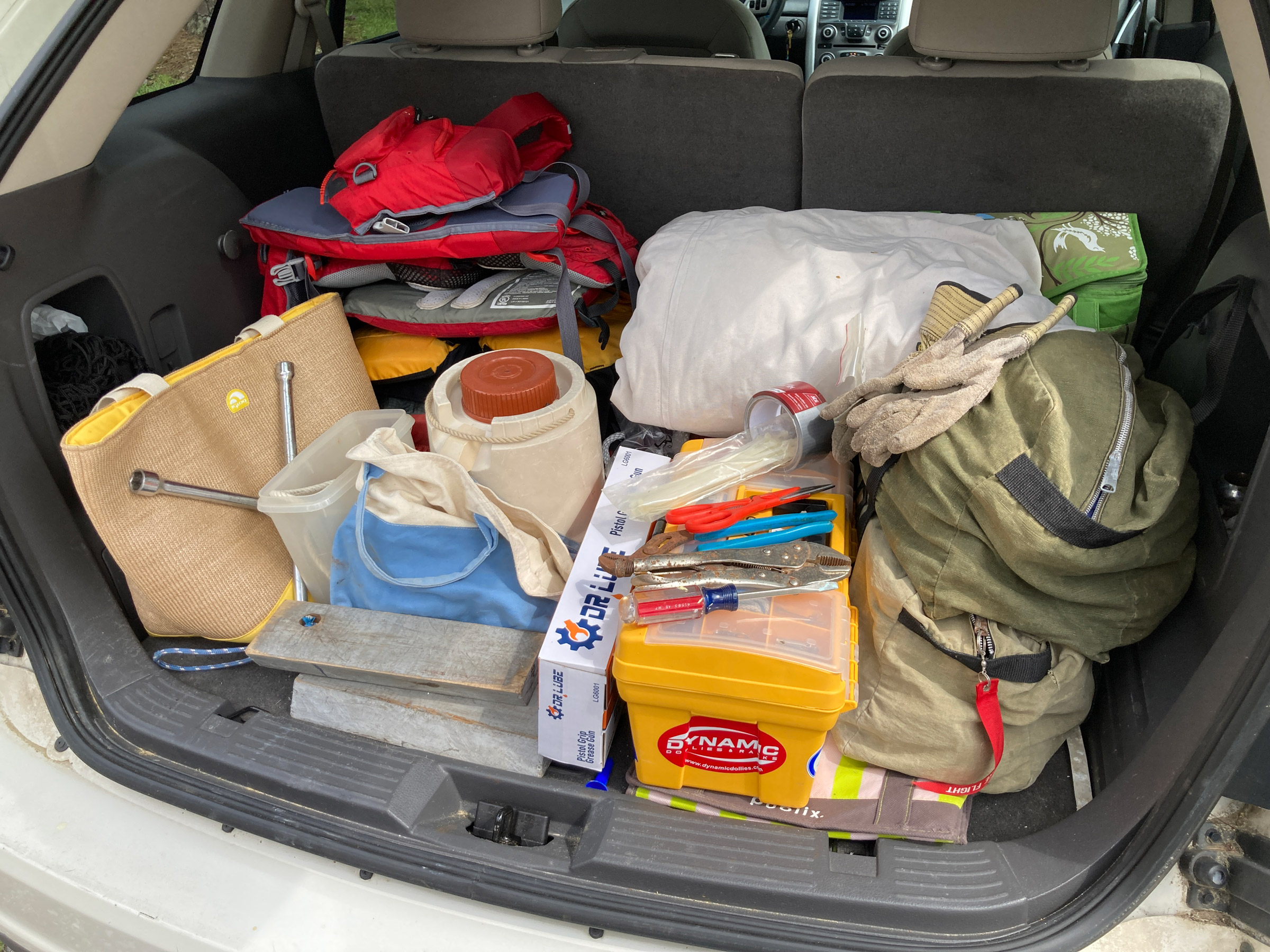 Photographs by the authors
Photographs by the authors
Join The Conversation
We welcome your comments about this article. To include a photo with your remarks, click Choose File below the Comment box.

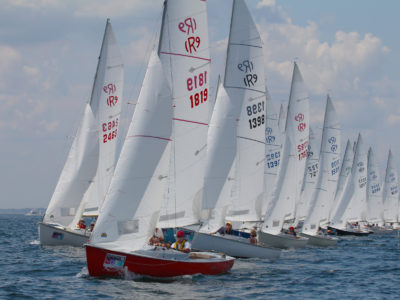
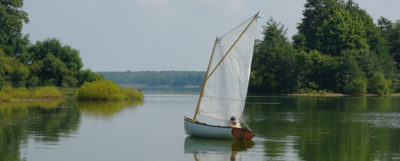
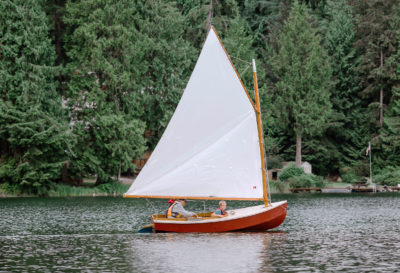


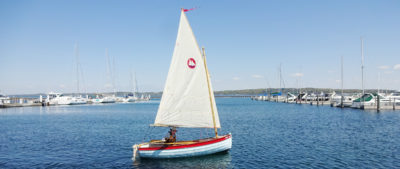
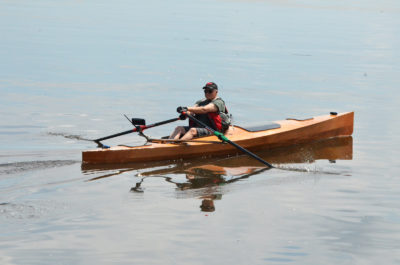
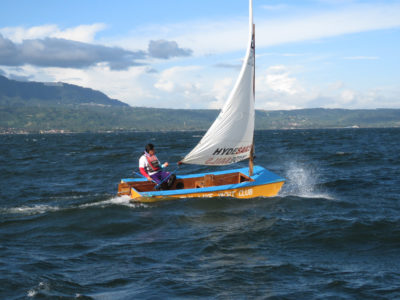

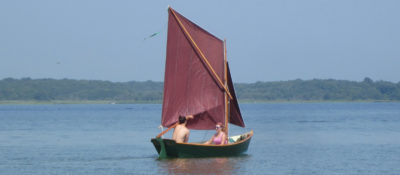
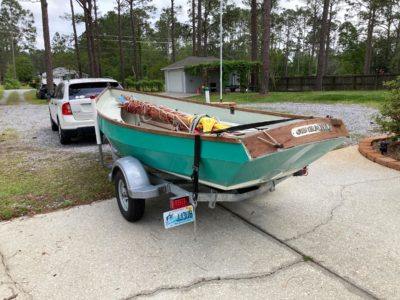
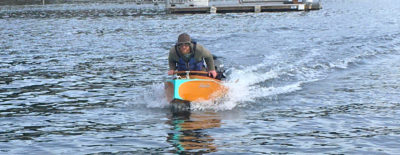
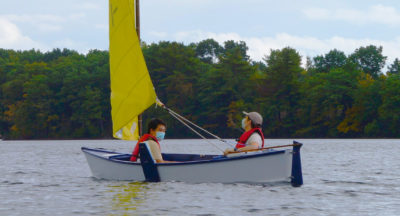
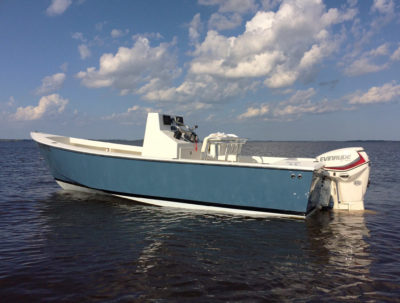
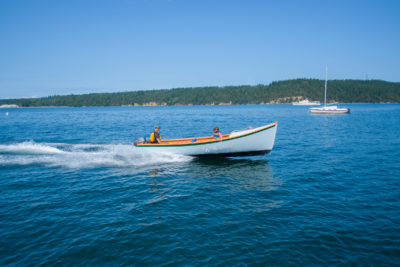

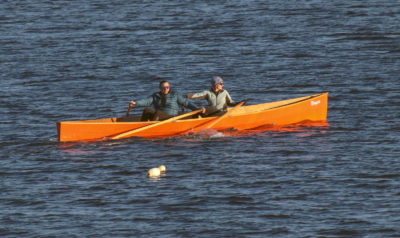
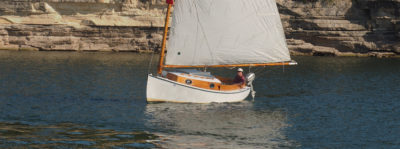
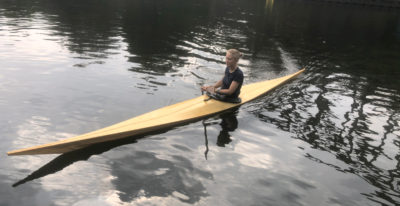
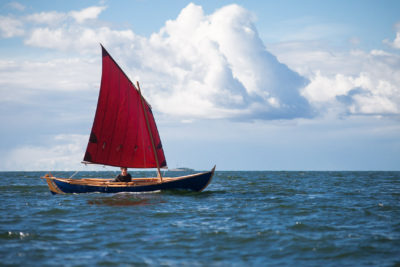
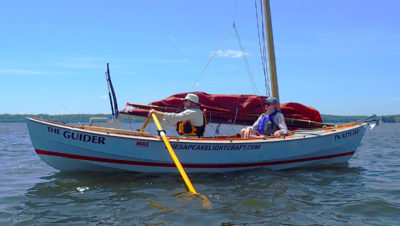

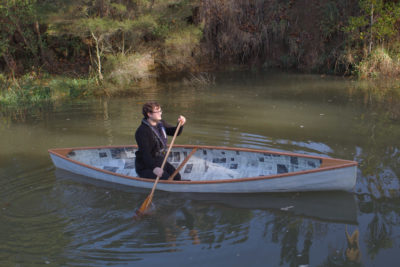


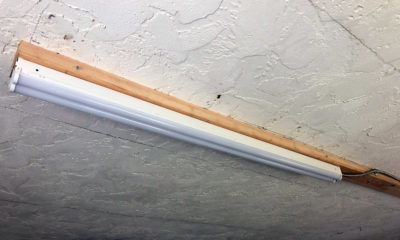
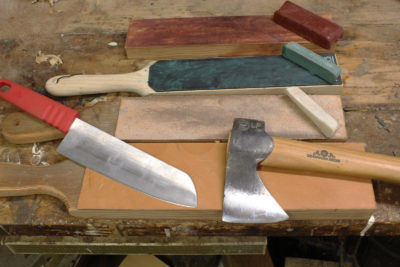

The dowel with the cord is pure genius and elegant design!
Way too late in life (mid-60’s) I gave up on trailer lights and built a light bar for each trailer that attaches to the boat above any conceivable water level. Since the lights never submerge I’ve never had a failure. Mr. Cunningham could probably improve on some of my light bar attachment scenarios.
My understanding is that putting on the 4-way flashers plus headlights checks all the trailer lights? Am I mistaken?
I keep the 4-pin connectors capped and coated in spark plug dielectric grease. No problems so far, touch wood.
A half twist in the ratchet strap stops the insufferable droning.
My Chevy Blazer and Ford Ranger both have separate fuses for the 4-way/emergency flashers and trailer lights. When I used a 4-pin tester on the Ranger with the lights and flashers on, there was no indication that the brake lights were included in the test. I think it’s best to test all of the functions—lights, left and right turn signals, and brakes—separately.
Dielectric grease and capping the plugs are good ideas.
When I was in the classroom section of the school to get my CDL, the instructor told us of one time he had just used the 4-way flashers to check his trailer lights. When he was one the road, he had numerous truck drivers get pi***ed off at him. It turned out that the wires in the pigtail between the tractor and trailer were crossed. When he thought he was signaling a right hand turn, the left turn signal was activated and vice versa. Just using the 4 way flasher did not show the crossed wiring.
All great advice, just want to note that I do use a manual bike-tire pump for the trailer tires. The high volume, lower pressure type meant for mountain bikes works well – cheap, easy to carry, no plugging in.
A note on checking the trailer lights single-handed. My son, who happens to take no interest in boats, came upon me doing my “pre-flight” ritual involving turning on the right blinker, running behind the trailer to check the light, turning on the left blinker, running behind the trailer to check the light, and finally balancing a cinder block on the brake pedal to check those lights. He said, “Dad, why don’t you just set your cell phone up behind the trailer, make a video of the lights, and check that?”
Hmmm. Glad all that money I spent educating him wasn’t wasted.
This technique greatly simplifies the process and reduces the number of trips running from the driver’s seat to the back of the trailer. As an added bonus, if I ever start a YouTube Channel of my trips, I will have a clip that will serve as “foreshadowing” in a droll sort of way.
Too funny, re the education expenses.
With the Maine Island Trail skiffs, which are launched every day all summer long, we work really hard not to get the bearings in the water, even though they have the latest, greatest bearing protectors. We try to remember to pull disconnect the light line as we’ve found that we have electro-corrosion issues if lights are dunked. Those trailers have articulated rollers for basic support. I added center rollers at the after cross member which engages the bow when pulling up the boats.
My go-to trailer fits everything from a 13′ skiff to a 21′ iceboat. I’ve built a 4×4 frame, posts and walkways on my trailer so I can double-deck gear or a second small boat. These let me put my lights up reasonably high. I have squirrels and mice so I have run my lights on the outside of the trailer frame. Since I do light wooden boats, I do carpeted bunks instead of rollers, including a full-length keel bunk.
I like to jack the trailer in the spring and spin the tires, listening to the bearings.
Two other notes.
A good place for a spare drain plug is the glove compartment of your tow vehicle.
For a rowing boat, leaving oarlocks in place and running your tie down through them will help lock it in place and minimize chafe on your rub rails. I like to sew little outdoor-carpet tubes to run on my tie down line which lock nicely into the locks.
For launching, I fixed two planks with anti-slip next to the centreline of the trailer, to walk with the boat aft when launching and picking her up easier when retrieving. Slipways are often slippery, hence the name slipway?! Walking over your two slip-free planks could make your day start or end better.